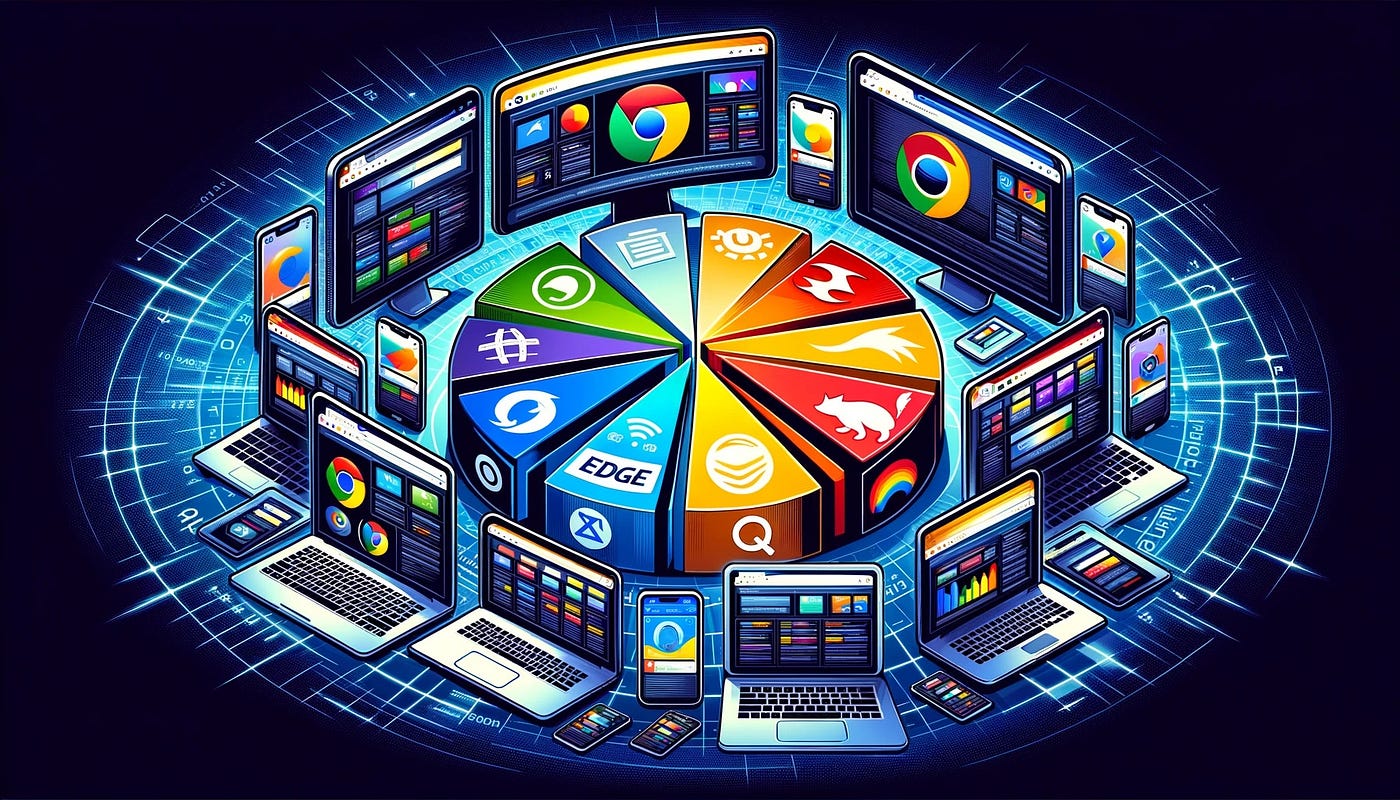Gateway to the Digitized World The web browsers is your key tool in front of a computer and open doors toward this infinite universe known as internet where you can explore, find more content than that leaves if running from it. Web browsers are no longer simple, they have evolved to become more powerful and contain many features that you may not even know of.
What is a Web Browser?
Definition: A web browser is an application software used to launching and viewing website. It translates source web codes like HTML, CSS and JavaScript into visual and interactive websites. User enters the address of a web site when he wants to go that place, this is called as URL (Uniform Resource Locator) it is a unique reference for e…
The Concept of a Web Browser Was Developed in the History & Evolution
This concept of the web browser in 1990s itself, as many navigational browsers such as Mosaic is developed to first graphical one. Returning home to 1993, Mosaic was the first large leap in releasing a product with a user-friendly graphic interface rather than bashing textual content primarily based instructions into an enter line. The Mosaic followed up the 1994 release of Netscape Navigator, which was one of the first dominant browsers. It was the success of Mozilla that paved way for other browsers to be developed, like Internet Explorer (which continued its dominion over market share well into late 1990s and early-2000’s), with Mozilla Firefox in 2004 and Google Chrome released later on near end-of-2008 being important milestones to modern browser development. While Firefox was introducing features such as tabbed browsing and improved privacy options, Chrome favored speed and simplicity to the point of excelling as one of the fastest working web browsers. Microsoft Edge and Apple Safari released new features & integrations even today.
Modern Browsers, Some Basic Features
1. Rendering engines: Transform the code into visual components that users will see in their browsers. Title: The rendering engine reads HTML, CSS and JavaScript files, lays out the web page as it has been designed.
2. Browsers (Tabs and Windows): Browsers these days are called tabbed-browsing browsers with windowing capabilities, so that browsing users can open more than a single browser view on their device. In order to create a quick easy jump between multiple sites, in an effective and easy manner.
3. Browsers support: Extensions and Add-ons that which is written as an external software program to add some additional functionality on how browser interact with website. By means of this equipment, we may block advertisements, control passwords and even translate languages as well as connect with various services to concatenate the record-keeping experience per user.
4. Private & Safe: It goes without saying that in the current environment, having security options available is mandatory for any up-to-date browser. This includes things as well as private or stealth searching modes that maintain the web browser from conserving any type of background data in addition to cookies, and also help for phishing, malware along with different other on-line hazards. They also allow the previously mentioned data encryption between user (i.e. your wife) and websites to encrypted across a secure connection in most cases Browsers as well such ensure that their browsers encrypt this information by default, though you should double-check on your end if it is done so automatically or needs to be manually enabled too?
5. Synchronization for Bookmarks: History and Settings: In case you are using a different browser on another device, most of the browsers will allow easy syncing with bookmarks or else history etc. across different devices. The ability to provide a single, unified experience for these different touch points is crucial.
Challenges & Things to Ponder
1. Web content: Has grown more sophisticated and is becoming harder for browsers to handle with the limits of performance and resource management in mind. Since web performance is fairly important for a better browsing experience, working with the memory and processing power relatively affordable it becomes significant to follow resource optimized methods.
2. Cross-browser Compatibility: Achieving cross- browser compatibility for various browsers and web standards, as well as supporting newer technologies has always been a tough task of the developers. Likewise, different browsers employ differing rendering engines which results in inconsistent support for new web features across browser types.
3. The real issue: Is that browsers have tons of privacy controls, but people still need to keep an eye on their data. Probably these technologies are being used, adapted by third parties to track browsers and even more so your online browsing behavior that we should be aware of or at best preventative action. The web of tomorrow will not look like the one today and definitely, and its future browsers are going to change with newer technology advancements but on user expectations too. Deeper integration with AI helping tech using users, privacy measures that are even stronger than now, and more web application support (along the lines of Tesla UI) along with new experiences like VR. End Web browsers are a powerful model that enables users to consume web pages and push most of their applications on the Internet. Because as technology has grown and our expectations of the users have been changing all over time with it, so did their progress; we started a single-line text-based kind output which can route/use them in our systems to now feature-full applications that also run behind secured walls. It educates people about the web browser so that they are aware and able to make good decisions in their digital journey at any different point.
